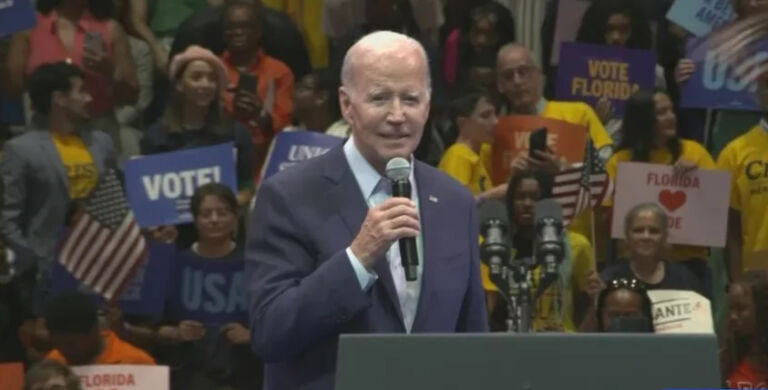The national unemployment rate rose 0.2 percentage points to 3.7% in August, according to the latest release from the Bureau of Labor Statistics.
The uptick in the unemployment rate is largely due to a bigger labor force. Labor force participation jumped 0.3 percentage points to 62.4% in August, with 786,000 people added to the labor force.
Using the household survey which measures the labor force participation rate through a survey of households, the economy added 442,000 employed workers and 344,000 unemployed workers. Total unemployed workers surpassed 6 million on the household survey in August, which is greater than the pre-pandemic level of 5.8 million. The figures don’t specify how many unemployed were those that lost their job versus those already out of work re-entering the labor force.
However, even while people reentered the labor force, job growth slowed. The establishment survey, which measures people on payroll from a survey of businesses, saw 315,000 jobs added to the economy. This is a solid gain, yet reveals a slowdown in growth as it was the smallest monthly gain since April 2021. And recent reports suggest a fair share of new payroll jobs represent people taking on second or third jobs.
Moreover, the labor force participation rate is still one percentage point below the pre-pandemic level of 63.4%. If the labor force today were at pre-pandemic levels, 2.6 million workers would need to be added to the labor force.
Long-term trends reveal a significant downturn in labor force participation. Since the early 2000s, labor force participation has been declining after reaching a high of 67.3% in January to April of 2000.
The jobs report also revealed that wages grew by 5.2% on an annual basis, falling short of expectations and failing to keep up with inflation, which is up 8.5% on an annual basis. Moreover, the average workweek for all private nonfarm payroll workers declined in August to 34.5, down from 34.7 a year ago; which suggests businesses are cutting back on workers’ hours.
Workers returning to the labor force is positive. Yet inflation could be forcing people to reenter the labor force, or take up second and third job, as it drives up the cost of living.


